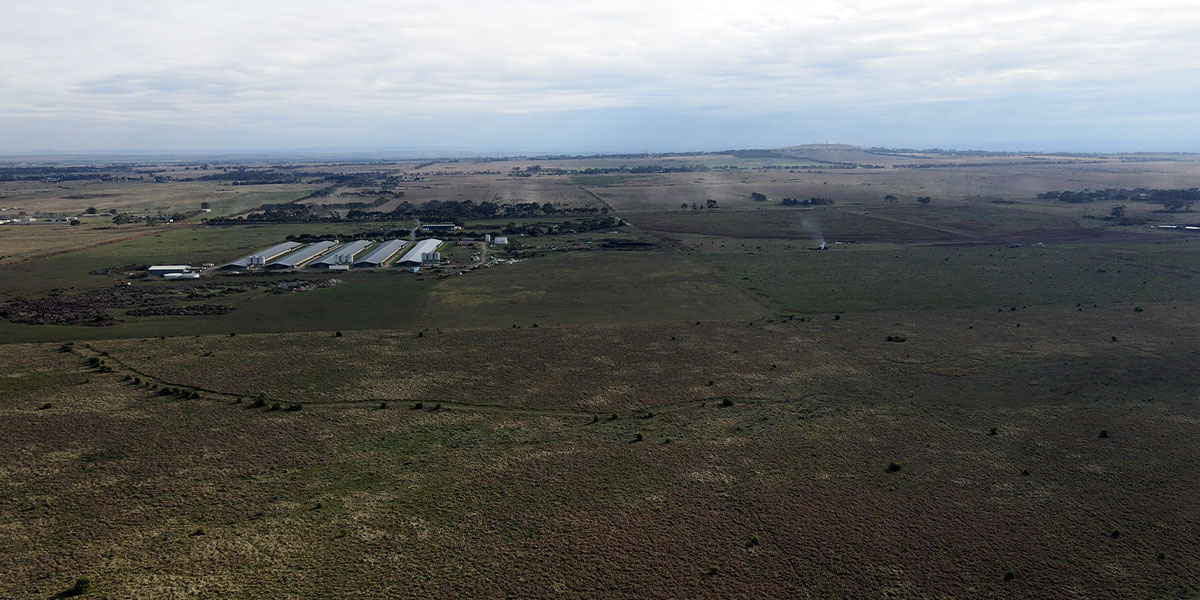MEDIA RELEASE 1 July 2024 |
Blatant clearing, noxious weeds and systematic mismanagement is still rife in Victoria’s most threatened ecosystem, according to a ‘People’s Audit’ conducted by nature conservation groups. The comprehensive audit reviewed 36 critical conservation reserves in Melbourne’s growth corridors.
The Conservation Areas are intended to protect endangered frogs, lizards, bandicoots, the Small Golden Moths Orchid and the Spiny Rice-flower, as well as critically threatened grasslands and woodlands.
The People’s Audit focused on Melton, Wyndham, Hume, Whittlesea and Casey Councils, home to once-abundant, now-struggling meadows, woodlands and creek corridors.
The 36 Areas were set aside as compensation for a state and federal government 2010 deal, the Melbourne Strategic Assessment. It lets developers clear grassland and woodland habitat, killing plants, animals and ecological communities. Without the deal, these areas would be protected through our national nature laws (the EPBC Act).
Eleven years after the deal was struck, most of the areas are yet to be acquired by the government.
“It’s a dangerously slow and damaging process. To exacerbate the issue, state and federal governments have let more than half of the Conservation Areas be cut in size. It’s substandard, a gift to developers,” Dr Marshall said.
Once stretching from Melbourne to South Australia, today only 1 per cent of our grasslands survive. These native flower meadows are now heading towards irreversible decline,” says Grassy Plains Network Facilitator Dr Adrian Marshall. ‘“These Conservation Areas are the best we have left of critically endangered grassland and Grassy Eucalypt Woodland. But only if the government needs to get on with the job it promised to do, protecting these irreplaceable conservation jewels of the growth corridors,” Dr Marshall said.
In 2022, Conservation Area 9 was found destroyed, all life smothered under asbestos-contaminated fill. That case is still before the courts, the grassland still in ruins.
“We thought Conservation Area 9 was an anomaly. But then we started looking. Turned out it was a smoking gun. We’ve found more than fifteen apparent breaches of the law so far,” Dr Marshall said.
Breaches include clearing vegetation, driving heavy machinery over rare plants and even filling-in water bodies known to be used by rare and protected frogs, like the Growling Grass Frog.
“This audit documents the more than 10 years of hell these Conservation Areas have been through”. They are getting absolutely smashed either on purpose or by neglect”.
“The deal, the Melbourne Strategic Assessment, was botched from the very start,”
“It’s a disgrace. We need additional grasslands protected as compensation for the destruction, for the losses from poor management and failed oversight, for the cuts in size.
Michael Longmore, Ecological Restoration Program Manager for the Merri Creek Management Committee and Audit partner, said: “We need proper oversight by the government, and support for landowners to look after their land. And we need to connect these ancient landscapes with the people who are starting communities near them.”
Key findings
- Only 7 of the 36 areas are protected, more than a decade after they were promised.
- More than half (20 out of 36) have had their size cut.
- Just three Conservation Areas are known to be in good ecological condition.
- Only one Conservation Area is likely to be improving in condition. Many (at least 15) have been and continue to be declining in condition.
- Almost half (15+) of the Conservation Areas have had compliance issues, 8 of which we regard as severe.
- Most importantly, no actions have taken place regarding compensation for the significant loss in the quality of the Conservation Areas, or for the loss in the extent of the Conservation Areas.

